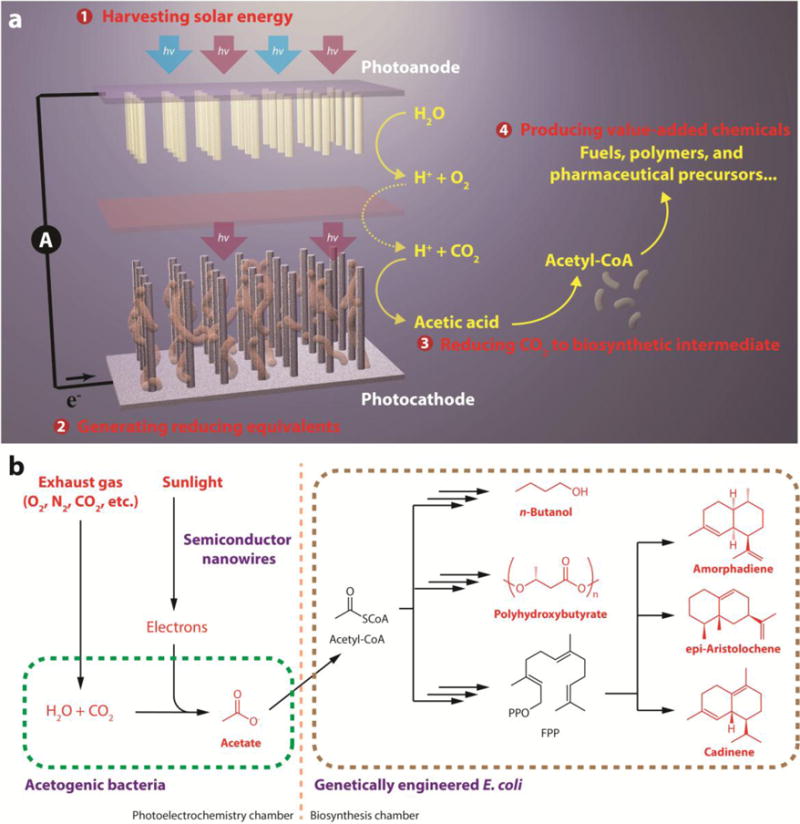Figure 1. Schematics of a general artificial photosynthetic approach.

a, The proposed approach for solar-powered CO2 fixation includes four general components: 1) harvesting solar energy; 2) generating reducing equivalents; 3) reducing CO2 to biosynthetic intermediates; 4) producing value-added chemicals. An integration of materials science and biology, such an approach combines the advantages of solid-state devices with living organisms. b, As a proof of concept, we demonstrate that under mild condition sunlight can provide the energy to directly treat exhaust gas and generate acetate as the biosynthetic intermediate, which is upgraded into liquid fuels, biopolymers, and pharmaceutical precursors. For improved process yield, S. ovata and E. coli are placed in two separate containers. FPP, farnesyl pyrophosphate.
